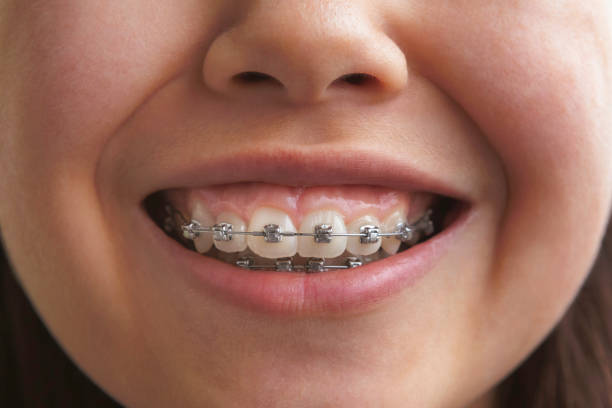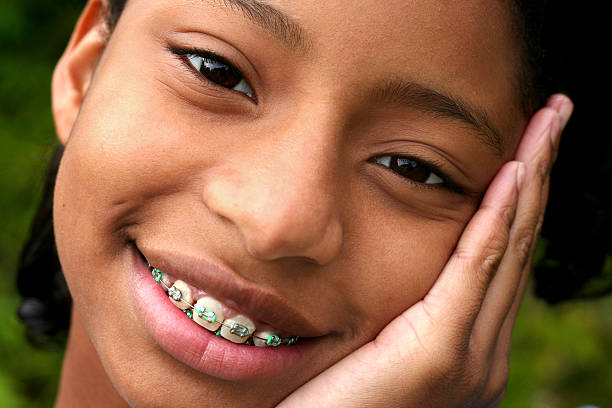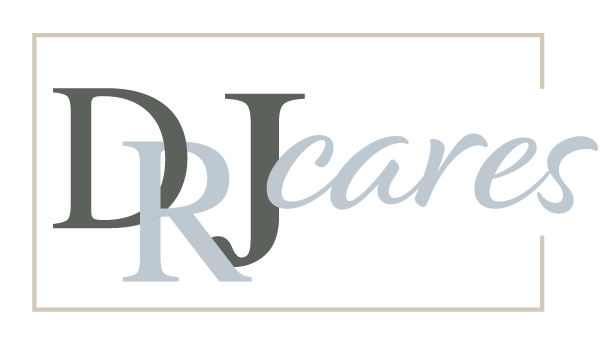Orthodontics



What is an Orthodontics?
Orthodontics is the discipline of dentistry that corrects incorrectly positioned teeth and jaws. Crooked teeth and teeth that do not fit together properly are more difficult to clean and are more likely to be lost early due to dental decay and periodontal disease. and place additional strain on the chewing muscles, which can cause migraines, TMJ syndrome, and neck, shoulder, and back discomfort. Crooked teeth or teeth that are not in the proper position can also detract from one’s attractiveness.
Orthodontic therapy provides various advantages, including a healthier mouth, a more appealing appearance, and teeth that are more likely to last a lifetime.
Orthodontists are specialists in this subject. Orthodontists complete two or more years of post-dental school study in an ADA-approved orthodontic training program.
How Do I Determine Whether I Need Orthodontics?
Only your dentist or orthodontist can assess whether orthodontics are right for you. An orthodontist or dentist can assess whether orthodontics are necessary and build a treatment plan for you based on diagnostic tools such as a comprehensive medical and dental health Plaster models of your teeth, a clinical examination, a history review, and unique X-rays and images are all included.
If you have any of the following conditions, you might benefit from orthodontic treatment:
- Overbite, sometimes known as “Buck Teeth,” is a condition in which the top front teeth protrude (stick out) over the lower teeth.
- Underbite is a “Bulldog” look in which the lower teeth are too far forward or too far back.
- Crossbite is a condition in which the upper teeth do not drop down slightly in advance of the lower teeth when they bite together regularly.
- When the back teeth bite together, there is a gap between the biting surfaces of the front and/or side teeth.
- A midline misalignment occurs when the centers of your upper and lower front teeth do not coincide.
- Gaps or gaps between teeth caused by missing teeth or teeth that do not “full out” the mouth are referred to as spacing.
- Crowding occurs when there are too many teeth to fit on the dental ridge.
What is the Process of Orthodontic Treatment?
Many various types of permanent and removable appliances are used to assist reposition teeth, retrain muscles, and influence jaw growth. The teeth and jaws are gently pressed by these instruments. Which orthodontic method is most likely to be effective will be determined by the severity of your condition.
The following are examples of fixed appliances:
- Braces – the most popular fixed appliance, braces are made up of bands, wires, and/or brackets. Bands are attached to the teeth or teeth and serve as anchors for the appliance, while brackets are usually glued to the front of the tooth. Archwires are threaded through brackets and secured to bands. Tightening the archwire exerts strain on the teeth, eventually repositioning them. Braces are often adjusted regularly to obtain the desired results, which can take anything from a few months to many years. Braces nowadays are more smaller, lighter, and have significantly less metal than in the past. They are available in both bright hues for children and clear types chosen by many adults.
- Special Fixed Equipment – These appliances, which are fastened to the teeth by bands, are used to control thumb sucking or tongue pushing. They should only be used as a last option during meals because they are quite unpleasant.
- Fixed Space Maintainers – When a baby tooth is lost too soon, a space maintainer is utilized to keep the space open until the permanent tooth erupts. A band is affixed to the tooth adjacent to the gap, and a wire is stretched to the tooth on the other side of the gap.
Removable appliances include:
- Serial aligners are being utilized by a rising number of orthodontists to move teeth in the same manner as fixed appliances operate, but without the need of metal wires and brackets. Aligners are nearly unnoticeable and must be removed before eating, brushing, or flossing.
- These devices provide the same job as fixed space maintainers. They include an acrylic base that fits over the jaw and plastic or wire branches that connect to individual teeth to maintain the space between them open.
- Jaw repositioning appliances, also known as splints, are worn on either the top or bottom jaw and assist in training the jaw to close in a more desirable position. They have the potential to be utilized to treat temporomandibular joint problems (TMJ)
- Lip and cheek bumpers – they are used to protect the lips and cheeks from touching the teeth. Lip and cheek muscles can put pressure on the teeth, which these bumpers assist to alleviate.
- A palatal expander is a device used to enlarge the upper jaw arch. There is a plastic plate attached to it that covers the roof of the mouth. Screws apply outward pressure to the plate, causing the joints in the palate bones to open longitudinally, so expanding the palatal region.
- Removable retainers – These devices, worn on the roof of the mouth, prevent teeth from slipping back to their original place. They may also be customized and used to discourage thumb sucking.
- Headgear – a strap is wrapped around the back of the head and connected to a metal wire in front, or face bow, using this device. Headgear inhibits upper jaw growth and holds the rear teeth in place as the front teeth are drawn back.

